
Orthopaedic Surgery Residency Program
Welcome to the Orthopaedic Surgery Residency Program at the University of Alberta.
Dispersed
MASSIVE CATCHMENT AREA. PATIENTS FROM ALBERTA, NWT, AND PARTS OF BC AND SASKATCHEWAN.
multitude
OFFERING EVERY ASPECT OF ORTHOPAEDIC TRAINING
caring
EDUCATORS THAT CARE, WITH A 2.5 : 1 STAFF TO RESIDENT RATIO
Interview/CaRMS Specific Information
The Orthopedic Surgery match at the University of Alberta is processed through CaRMS. Please see the CaRMS website at http://www.carms.ca for detailed program information, and a description of the requirements for applying to our residency program.
Notification/Invitation:
Program will notify all applicants through CaRMS Online and will send email invitations directly to applicants selected for an interview.
Details regarding the interview process:
Each candidate will have two twenty-minute panel interviews; each panel will consist of one or two faculty members and a senior resident.
In addition to interview rooms, we will host a number of breakout rooms which candidates can visit to get additional information about the program. The breakout rooms will be hosted by the Program Director, Orthopaedic residents and Program Administrator.
The program will not be using electives as part of the selection this year as COVID-19 has limited the availability of elective rotations.
As you prepare your applications, please do not hesitate to contact us if you require any clarification or additional information.
Jenny Callan, Program administrator
Email: oseortho@ualberta.ca
The CASPer Test
All applicants to the Orthopaedic Surgery Program at the University of Alberta are required to complete an online assessment (CASPer), to assist with our selection process. Successful completion of CASPer is mandatory in order to maintain admission eligibility.
CASPer is an online test which assesses for non-cognitive skills and interpersonal characteristics that we believe are important for successful students and graduates of our program and will complement the other tools that we use for applicant screening. In implementing CASPer, we are trying to further enhance fairness and objectivity in our selection process.
In order to take CASPer, you will be responsible for securing access to a computer with audio capabilities, a webcam, and a reliable internet connection on your selected test date. CASPer can be taken practically anywhere that you can satisfy the aforementioned requirements.
No exceptions will be provided for applicants unable to take CASPer online due to being located at sites where internet is not dependable due to technical or political factors.
Contact Us
Dr. Mark Sommerfeldt
Program Director, Orthopaedic Surgery
Jenny Callan
Program Administrator
Email: oseortho@ualberta.ca
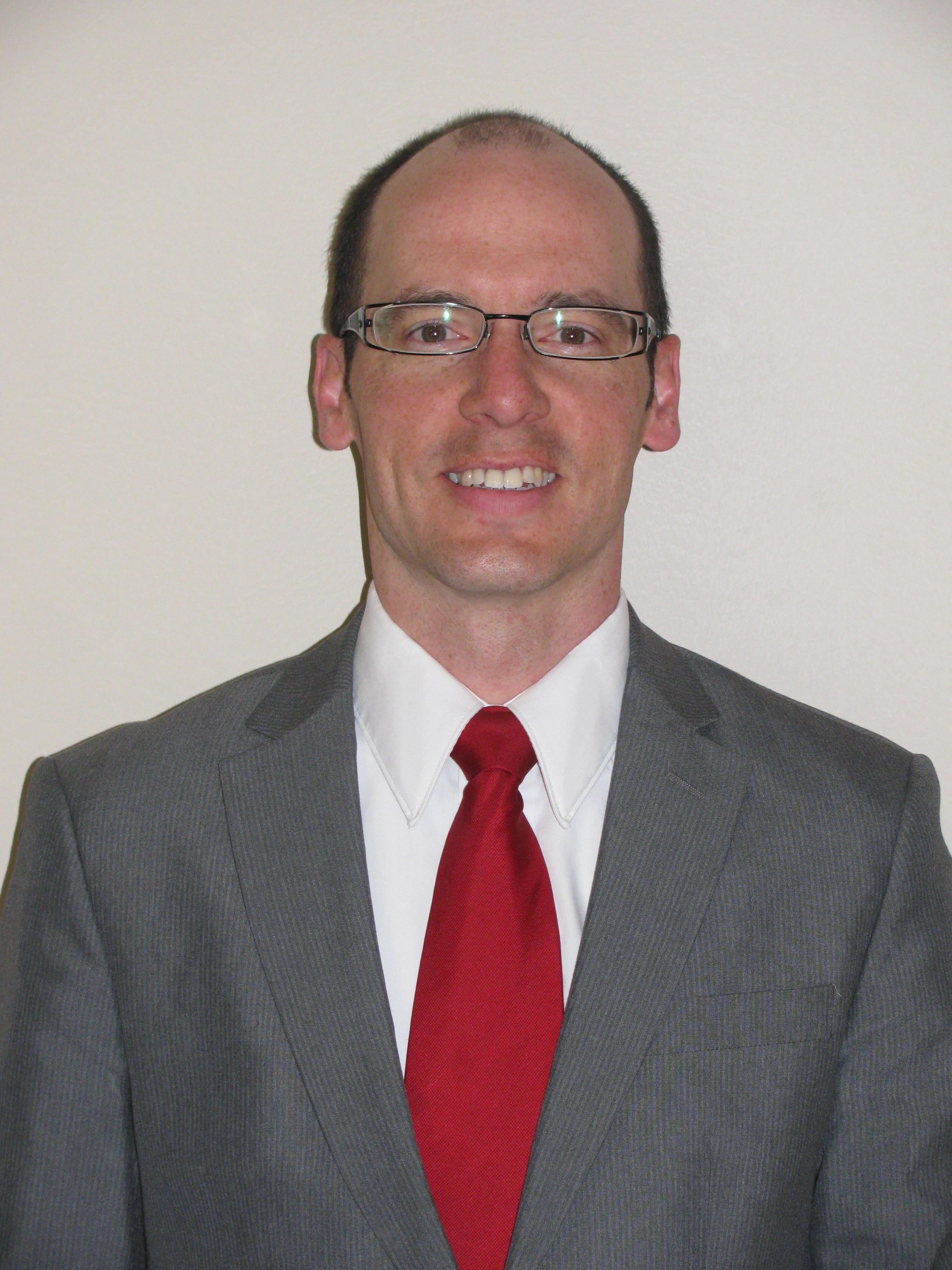
Dr. Mark Sommerfeldt
Program Director
Jenny Callan
Program Administrator
Welcome to Our Program
Orthopaedic Surgery is extremely varied discipline; the sub-specialties include Spine, Pediatrics, Arthroplasty, Tumor, Trauma, Sports, Upper Extremity (including Hand Surgery) and Lower Extremity (including Foot and Ankle) surgeries. Orthopaedics focuses on restoring function and eliminating pain, as related to the musculoskeletal system. Our surgeries are varied and complex, and cover every aspect of the musculoskeletal system. Our patients range from the very young to the very old, including high level athletes and the frail elderly.
Program video
Listen to Dr. Rob Chan explain what makes Orthopaedic Surgery so great at the University of Alberta.
0:00 Highlights of the residency program
2:30 CaRMS match information
3:10 Year overview of blocks
5:27 Training Hospitals
6:06 Call coverage
7:45 Academics
10:45 Research program
12:46 Social events
14:40 Medical mission in Ecuador
15:10 Summary of the program
Our Program
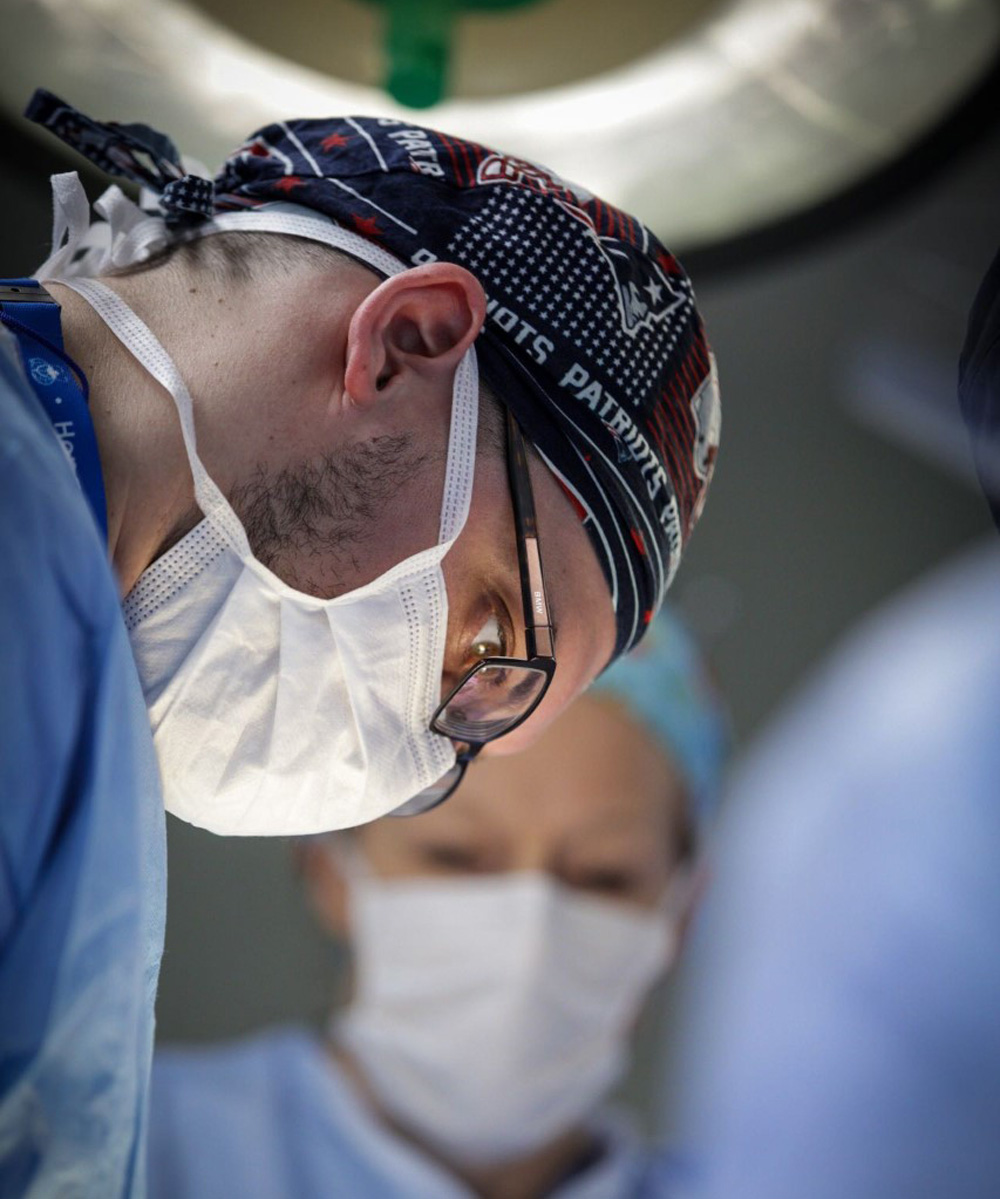
Orthopaedics in Edmonton covers a wide geographical area and is a very busy service covering two major trauma sites as well as a number of community hospitals. During the program, our residents work closely with preceptors in all Orthopaedic sub -specialties. The on-service, Orthopaedic rotations are usually completed in blocks of two or three months; this gives our residents the opportunity to build close working relationships with their preceptors, allows for an increasing amount of independence in the OR and builds strong surgical skills and experience. Our Orthopaedic Group in Edmonton provides a very collegial learning and working environment for our residents, particularly with a staff/resident ratio of two to one.
Program Highlights

The Program has a 2:1 Faculty to Resident Ratio.



The Division has a robust research program which residents participate in throughout their residency.
Residency at a Glance
This is a five-year program which provides our residents with the fundamental knowledge and skills necessary to practice Orthopaedic Surgery. The graduate will be able to pursue a successful career in a community based Orthopedic practice or proceed to fellowship training and an academic career.
Our PGY 1 residents are part of the Surgical Foundations Program which includes residents from all surgical specialties at the University of Alberta. The curriculum includes:
PGY 1 Year:
12 Weeks of General Orthopaedic Surgery
8 Weeks of Junior Spine
4 Weeks of Orthopaedic Pediatrics
8 Weeks of General Surgery
4 Weeks of a Hospitalist Rotation
4 Weeks of Emergency Medicine
4 Weeks of Vascular Surgery
4 Weeks of Coronary Care
4 Weeks of vacation (taken together as 1 block)
The PGY 2 year is a blend of Orthopaedic and off service rotations but with a greater number of Orthopaedic rotations; these rotations include:
PGY 2 Year:
8 Weeks of Jr. Arthroplasty Surgery
8 Weeks of Jr. Orthopaedic Trauma Surgery
8 Weeks of Orthopaedic Rural/Community Practice
8 Weeks of Jr. Sports
8 Weeks of Jr. Spine
8 Weeks of ICU
4 Weeks of Plastic Surgery
Our PGY 3 to PGY 5 years consists primarily of on-service, orthopaedic rotations. These rotations are preceptor-based and residents experience all aspects of an orthopaedic practice from initial office consultations to post-operative follow-up. Up to sixteen weeks of electives are available during the residency program; eight weeks can be taken in the PGY 3 year and another eight weeks can be taken during the PGY 4 year.
PGY 3 Year:
12 Weeks of Upper Extremity
12 Weeks of Pediatrics
12 Weeks of Tumor
8 Weeks of Foot & Ankle
8 Weeks of Electives
12 Weeks of Arthroplasty
12 Weeks of Sports
12 Weeks of Trauma
8 Weeks of Spine
8 Weeks of Electives
12 Weeks of Pediatrics
12 Weeks of Trauma
8 Weeks of Upper Extremity
8 Weeks of Foot & Ankle
8 Weeks of Transition to Practice
4 Weeks of Consolidation
Teaching Hospitals
We are a fully accredited program that follows the guidelines set out by the Royal College of Physicians and Surgeons of Canada. Residents complete their rotations in a number of sites throughout the city; these include:
University of Alberta Hospital — Trauma Site with 885 beds
Royal Alexandra Hospital — Trauma Site with 869 beds
Stollery Children's Hospital — 218 beds
Misericordia Community Hospital — 309 beds
Grey Nuns Community Hospital — 351 beds
Sturgeon Community Hospital — 167 beds
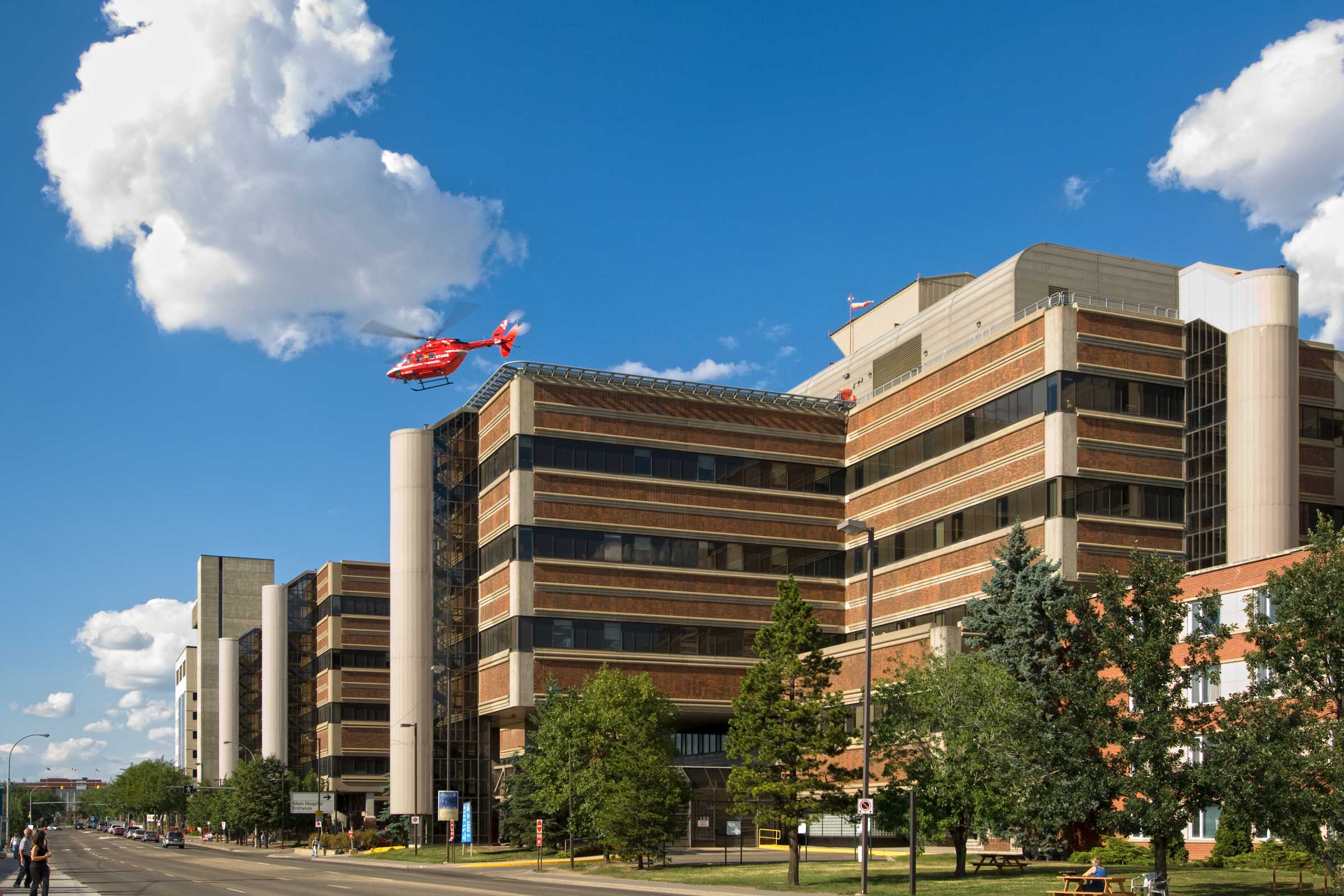
Frequently Asked Questions
Orthopaedics is extremely varied, encompassing every area of the body. The cases seen depend on the area of sub-specialization including spine, pediatrics, total joints, trauma and further sub-specialty based on the area of the body. These surgeries positively affect patients' functions and quality of life and can quickly get people back to enjoying their life. This is a rewarding and satisfying field to be working in for those that love surgery and working with the musculoskeletal system.
The program is very successful; most of the residents that complete the program are accepted into Fellowship programs of their choice.
Resident Testimonials
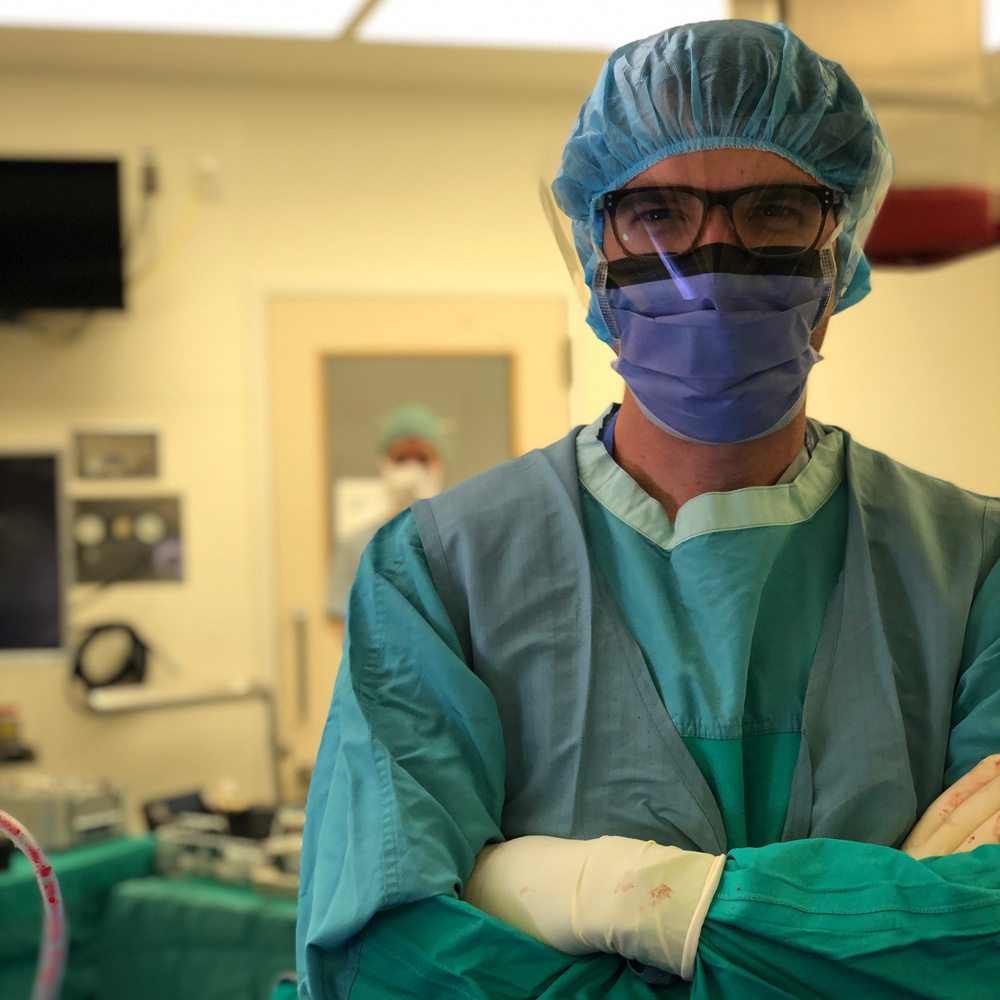
The U of A provides an excellent opportunity for teaching and research. But most of all, the faculty are more than teaches, they are personal and professional mentors. Edmonton's surgeons are all friends that have trained together for years and welcome residents into this circle. This collegiality provides a great foundation for learning, collaboration and opportunity for interdisciplinary and interprofessional collaboration.
At the U of A, there are very high case volumes with early exposure in the operating room. Our new rotation schedule will allow for exposure to all subspecialties early on and again as a Sr resident. This includes complex paediatric deformity correction, tumour and revision arthroplasty. You will not leave the program without being very comfortable operating independently. Edmonton also has plenty of opportunity for research and has recently started working with the School of Public Health to allow for collaborative research in many different areas. For example, I was able to complete a MSc within the School of Public Health to look at opioid use before and after knee replacement in Alberta. We now have a dedicated upper limb facility (https://www.ualberta.ca/western-upper-limb-facility/index.html) that also provides residents with dedicated handing wrist exposure and may research opportunities.
– Dr. Michael Goplen (R5)
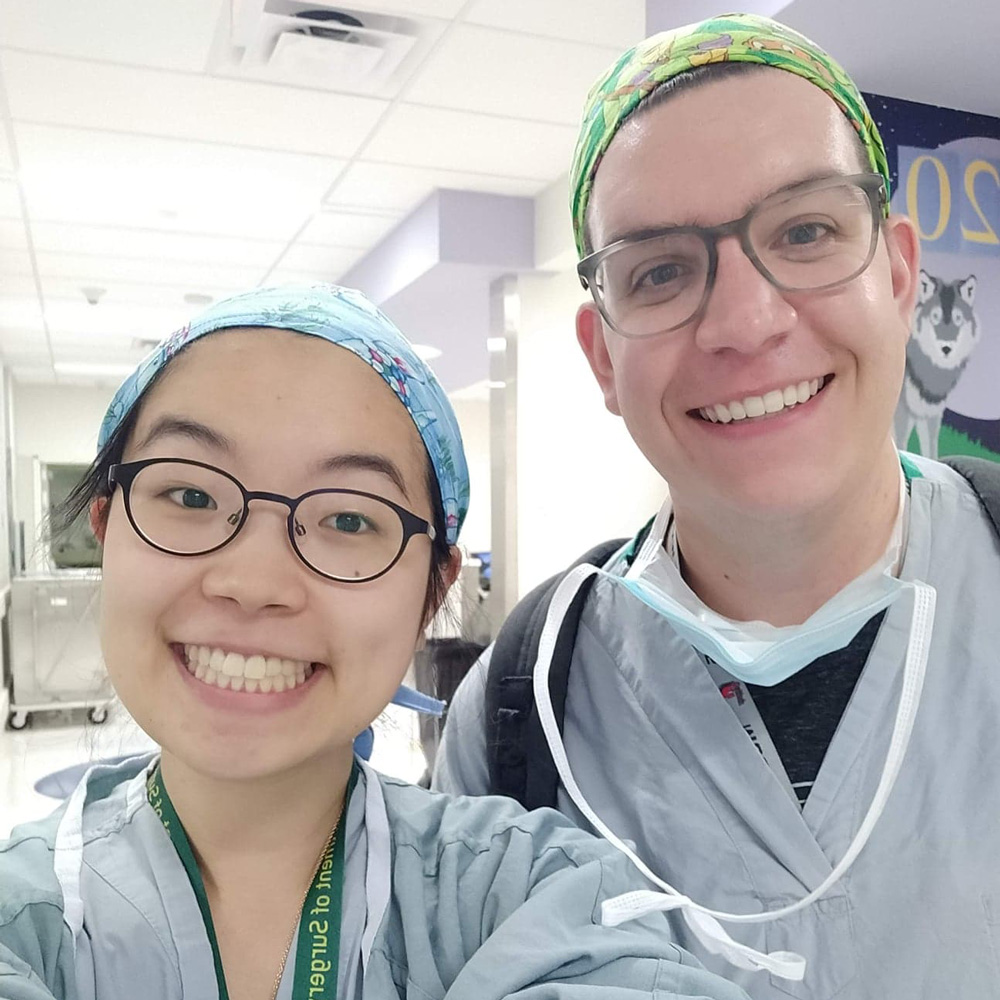
Edmonton's orthopaedic surgery residency program is unparalleled in its operative experience. Covering a huge catchment area, our surgical volume is one of the highest in the country. The UAH (our Level 1 trauma centre) has a dedicated orthopaedic trauma room every day, while the RAH with the Orthopaedic Surgery Centre provide high volume primary and revision arthroplasty opportunities.
All orthopaedic subspecialties are well represented, with features including a dedicated paediatric hospital (the Stollery), the Western Upper Limb Facility focusing on upper extremity at the Sturgeon Hospital, and orthopedic oncology at the Misericordia Hospital. Rotations are preceptor based, with one resident assigned one to four preceptors and very little overlap between residents; as a result, we have tons of one-on-one operating time with staff and no shortage of cases. We begin senior call as early as second year, which while initially daunting, provides us with opportunities to operate on call early in our training. We share ward responsibilities with hospitalists, and are therefore able to focus our attention on surgical care.
Our staff spoil us every holiday season with piles of gifts and gift cards. During the pandemic, they sponsored extra PPE for all the residents. These acts of kindness show their appreciation for the work that we do.
– Dr. Teresa Li (R4)
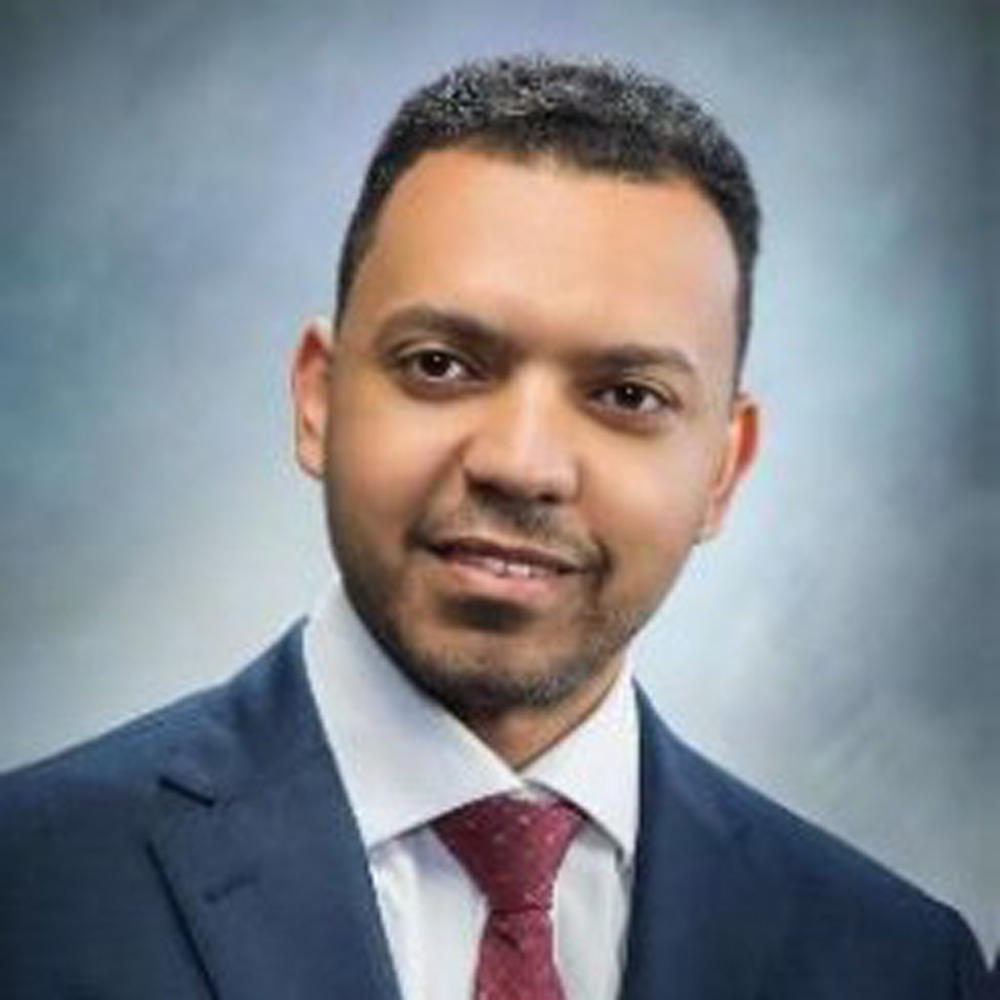
The small number of residents and the high volume of cases is what makes our program special because we get a lot of experience and hands-on training.
– Dr. Ahmad Altawari (R3)
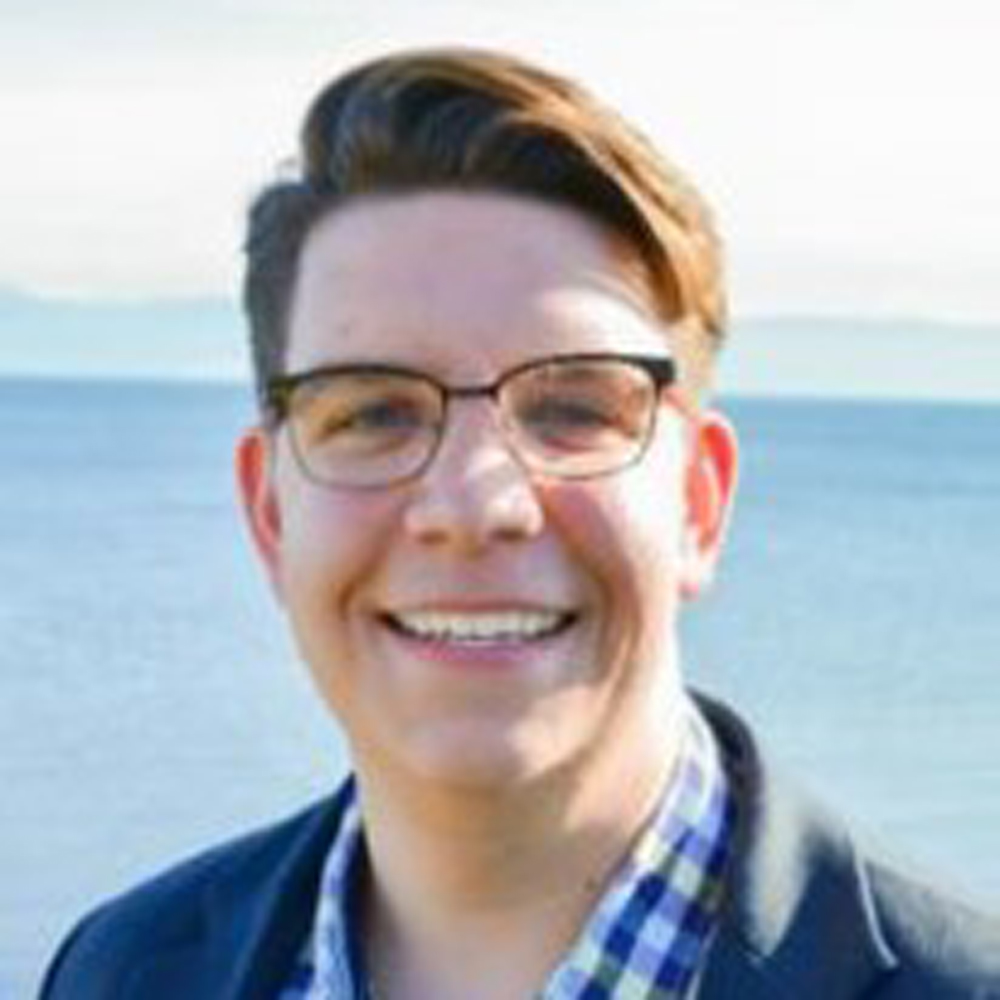
I chose to train at U of A because of their reputation of producing highly skilled surgeons and being on the leading edge of innovation.